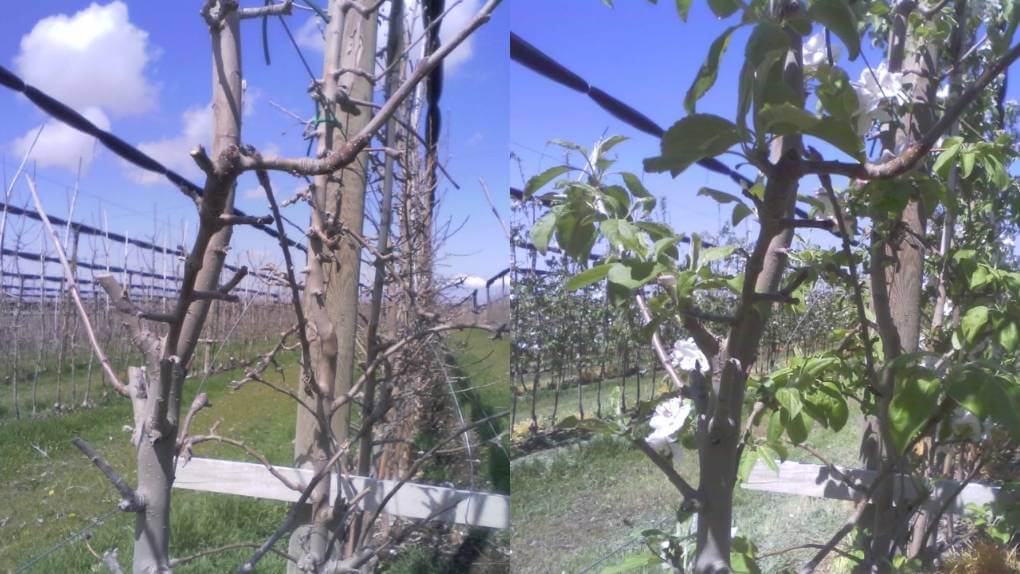Dormancy is a survival strategy that allows plants to temporarily halt their growth and development under unfavorable environmental conditions. It is particularly important in agriculture, where understanding dormancy of plants can significantly impact the health and productivity of crops. This process enables plants to conserve energy, survive adverse seasons, and resume growth when conditions improve. For farmers and agronomists, recognizing and managing dormancy is key to ensuring optimal plant performance and yield.
What is an Example of Dormancy in Agriculture?
An excellent example of dormancy in agriculture is the winter dormancy observed in deciduous fruit trees like apples, cherries, and peaches. During winter, these trees conserve energy by pausing their growth processes and shedding their leaves. This dormancy period protects the trees from frost damage and ensures they are well-prepared for the active growing season in spring.
Another example can be found in perennial crops like grapevines, which undergo annual dormancy in agriculture during colder months. This rest period allows the plants to rebuild their nutrient reserves, leading to better productivity in the next season.
Dormancy in plants not only impacts growth but also affects nutrient uptake and internal processes like water transport and photosynthesis. By monitoring these changes through advanced tools like plant sap analysis, farmers can make data-driven decisions to optimize fertilization and irrigation during dormancy transitions.
Why is Dormancy Important for Plants?
Dormancy is vital for plants as it allows them to survive unfavorable conditions, such as extreme cold or dry seasons. For trees and other perennial crops, dormancy protects vital tissues from damage and ensures the plant’s long-term health.
For instance, dormancy in plants like citrus trees helps them prepare for nutrient-intensive periods, such as flowering and fruiting. By understanding dormancy cycles, farmers can adjust their nutrient and water management strategies to align with the plant’s physiological needs, ultimately boosting productivity.
The dormancy definition for agriculture highlights its importance in managing crop cycles effectively. Tools like Yapraq, Topraq’s cutting-edge plant sap analysis service, can help identify nutrient imbalances during dormancy and guide the application of precise, tailor-made solutions for plant health. This ensures plants receive the support they need during their inactive phase to emerge stronger and healthier.
Is Dormancy Essential?
Dormancy is absolutely essential for many crops, especially those grown in temperate climates. Without dormancy, plants might not survive extreme weather conditions or prepare adequately for the next growth phase.
In agriculture, dormancy management is critical for optimizing crop health and yield. For example, understanding the dormancy definition for agriculture helps growers plan pruning, fertilization, and irrigation schedules effectively. Tools like plant sap analysis offer insights into nutrient levels and physiological changes during dormancy, empowering farmers to take proactive steps for plant care.
What is Tree Dormancy?

Tree dormancy refers to the period when trees temporarily suspend growth to conserve resources and protect themselves from adverse conditions. This process is most commonly observed in deciduous trees, which lose their leaves as a protective measure during winter.
During tree dormancy, internal plant processes slow down, including water transport and nutrient absorption. However, even in this inactive state, trees continue to rely on stored nutrients to maintain vital functions. Monitoring these changes through sap analysis can provide valuable insights into a tree’s health, enabling precise interventions to enhance its performance in the next growing cycle.
For instance, citrus and stone fruit trees benefit greatly from dormancy as it prepares them for an energy-intensive flowering and fruiting phase. Tools like Yapraq help track nutrient dynamics during this critical period, ensuring trees are ready to perform at their best.
An Example of Dormancy
Dormancy examples can be observed in various crops, such as grapevines during winter or citrus trees slowing their growth in cooler months. A practical dormancy example can be found in citrus orchards. During the cooler months, citrus trees, such as mandarins or lemons, enter dormancy. While outwardly active, their internal processes slow down to conserve energy. During this phase, nutrient demands shift, and targeted interventions based on plant sap analysis can significantly improve tree health and productivity.
By focusing on nutrient dynamics during dormancy, farmers can prepare their orchards for robust flowering and fruiting stages, ensuring better yields and fruit quality. This highlights the value of annual dormancy in agriculture as a manageable and productive phase in crop cycles.
Dormancy is a critical phase in the life cycle of many plants, including citrus trees. It helps them conserve energy, survive adverse conditions, and prepare for active growth and productivity. By understanding dormancy and utilizing advanced tools like Yapraq, farmers can gain real-time insights into their plant’s nutrient status and physiological needs. This ensures plants receive the right care at the right time, paving the way for healthier crops and higher yields

